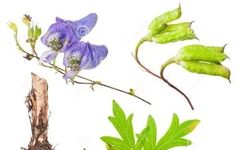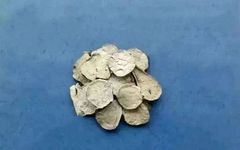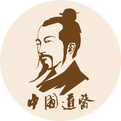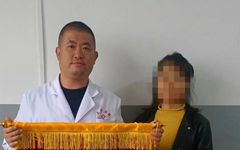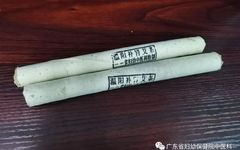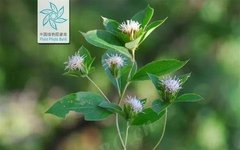Daily Herb: Aconite (Fu Zi)
Fu Zi (Aconite) is the tuberous root of the perennial herb Wu Tou (Aconitum) from the Ranunculaceae family.The main root of Wu Tou resembles a crow’s head, hence its name. Most cultivated varieties are found in Sichuan, known as Chuan Wu, while wild varieties are called Cao Wu.Cao Wu prefers to grow in shady areas … Read more

